Jackson State University technology professor Dr. Francis Tuluri was invited to join a nationally selected panel last September to discuss opportunities and best practices to improve learning for future STEM (science, technology, engineering and math) leaders.
The Equity and Access in STEM: P-20 Educational Opportunities at HBCUs panel was sponsored by the White House Initiative on Educational Excellence for African Americans. It was part of the 2015 National HBCU Week Conference, HBCUs Innovators for Future Success: STEM, Partnerships and Entrepreneurship.
“We are experiencing a shortage of STEM workers, and the need for those workers from diverse backgrounds grows daily,” said Dr. Richard Aló, dean of the JSU College of Science, Engineering and Technology. “Dr. Francis Tuluri has been an integral part of assisting JSU in meeting this need, and we are proud that he is a part of the systemic conversation surrounding HBCU student’s emergence into STEM arenas.”
Tuluri was selected for his dedication to educational equity for African-American students as a program coordinator for JSU’s UNITE, a pre-collegiate, academic summer program for high school students from historically unrepresented and underserved groups in STEM.
According to the U.S. Department of Education, “The Initiative is a cross-agency effort aimed at identifying evidence-based practices that improve student achievement and developing a national network that shares these best practices.” JSU’s nationally recognized STEM programs are at the forefront of innovation, receiving the 2015 Campus Technology Innovators award in the Teaching and Learning category last July.
Tuluri’s work helps to prepare students to pursue college-level studies and, ultimately, careers in engineering and related STEM fields. As an advocate for these underrepresented students in STEM, Tuluri believes “HBCUs must be promoted in response to equity and access of technological education and opportunity for students within their respective communities.”
Tuluri has spent more than 30 years teaching physics, engineering and technology courses on both the graduate and undergraduate levels. Additionally, he conducts research in materials science, energy and computer modeling simulations in the United States and overseas.
In the past five years, he has received funding to broaden participation of K-12 students to pursue STEM disciplines.



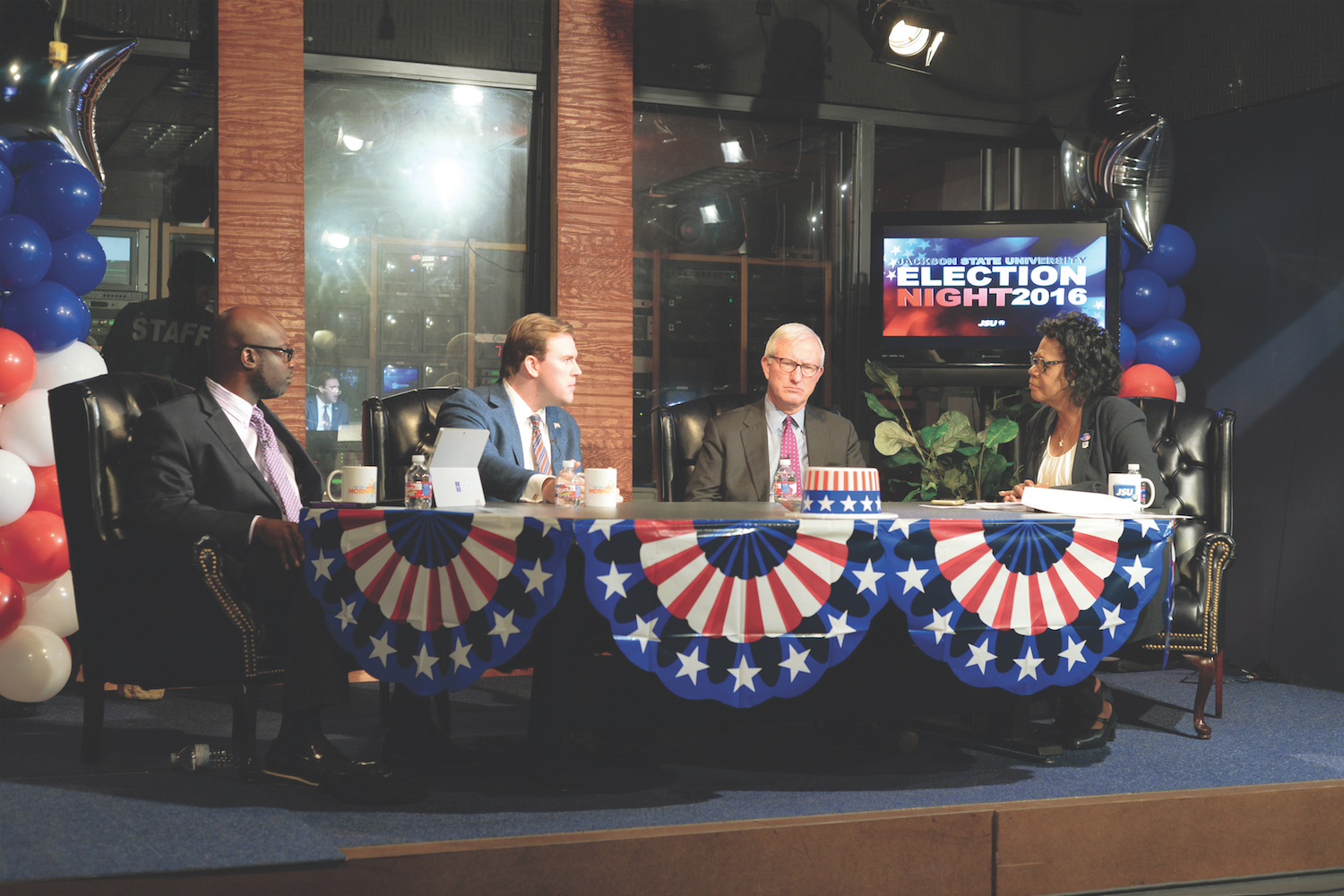
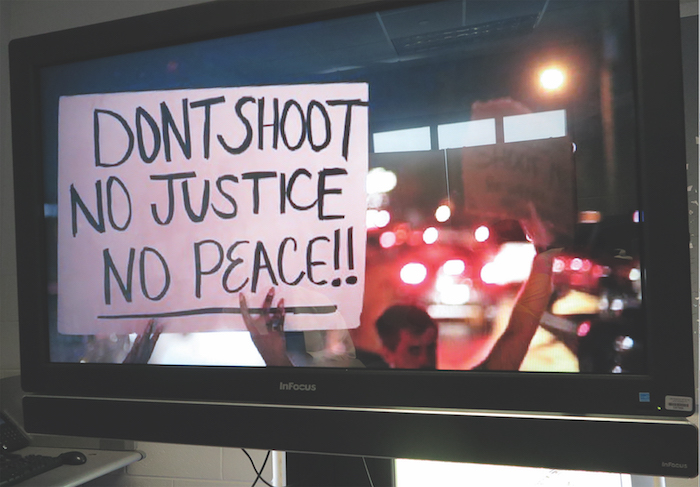
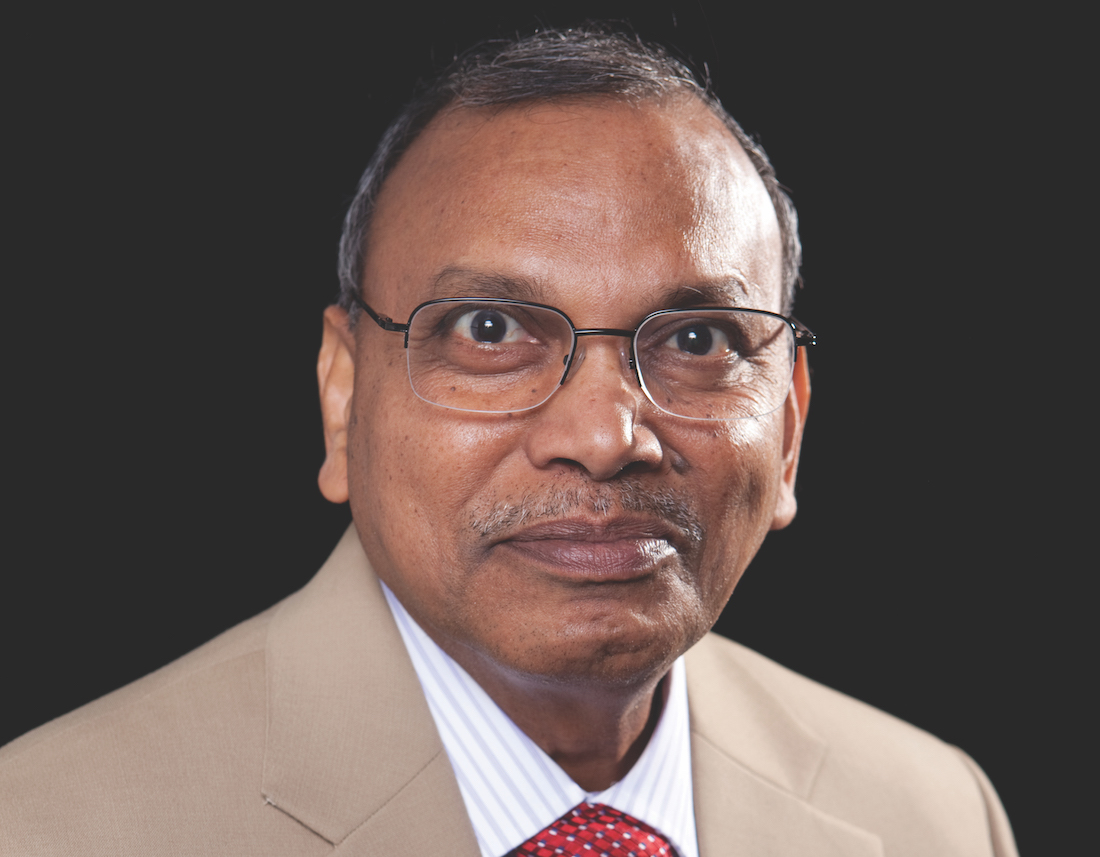


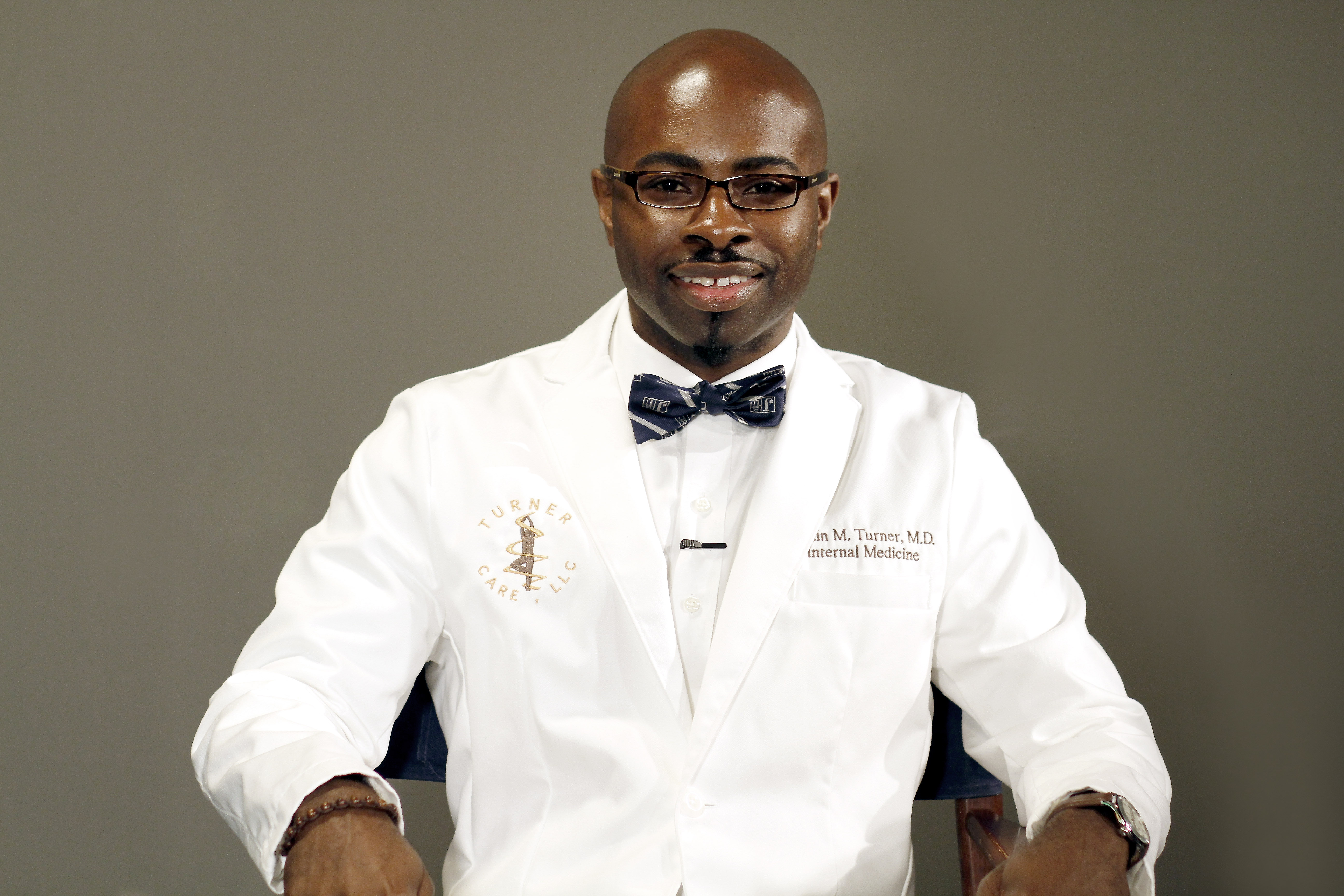
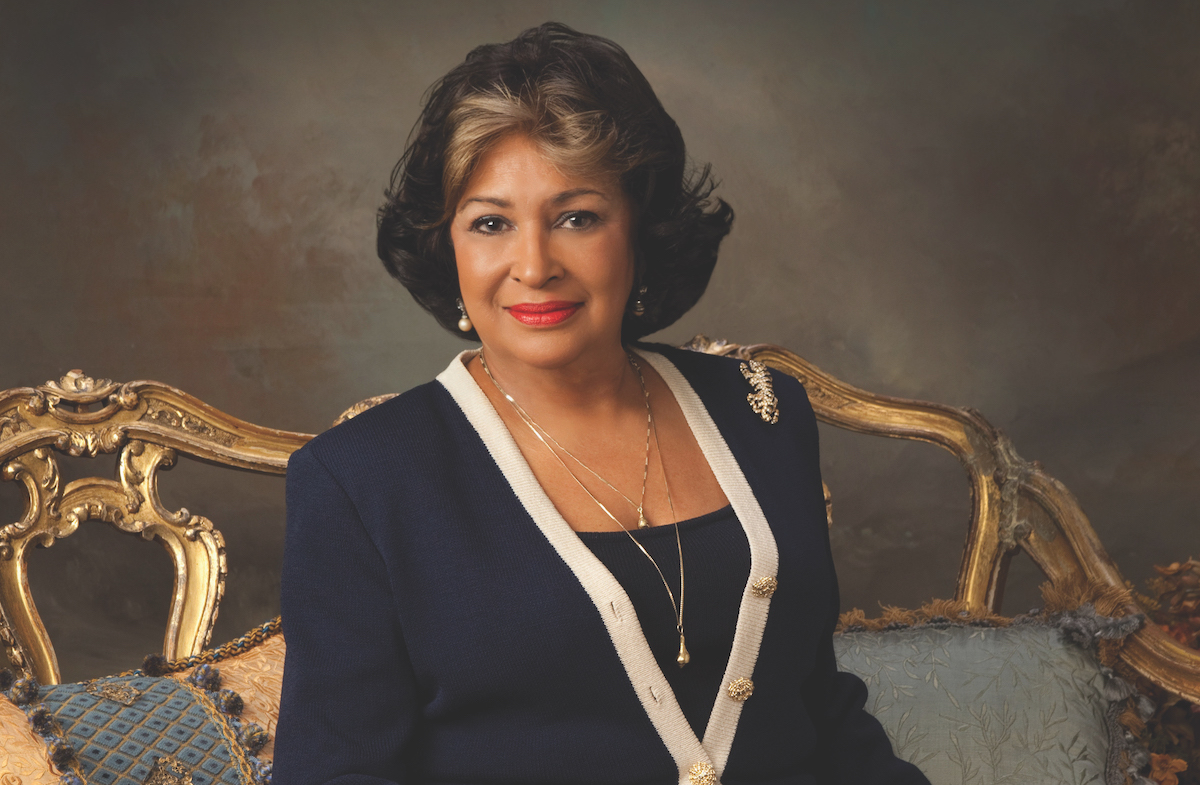

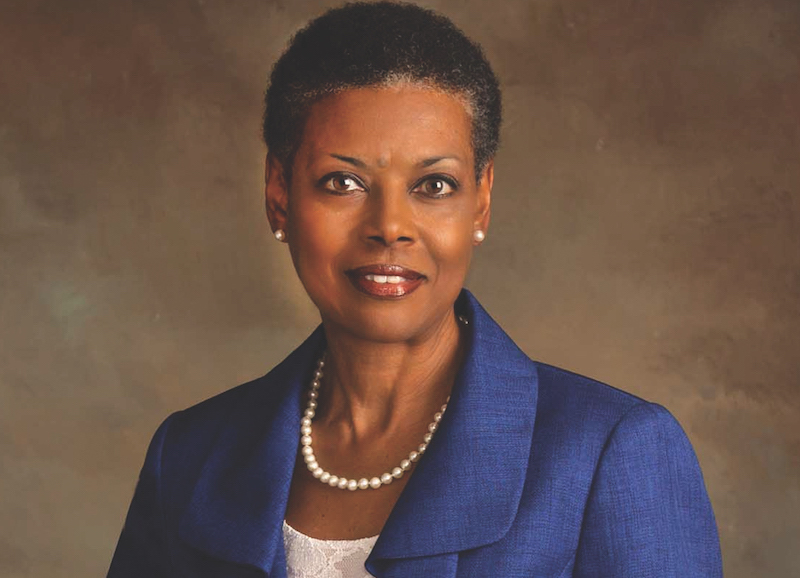
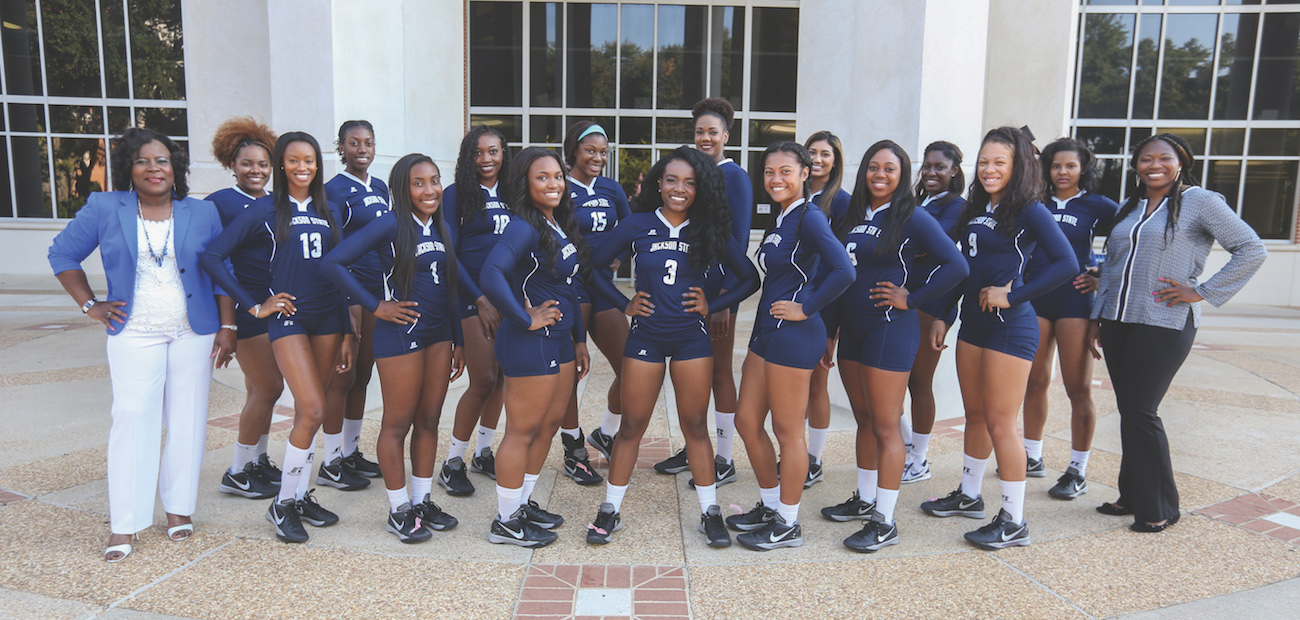
Leave a Reply